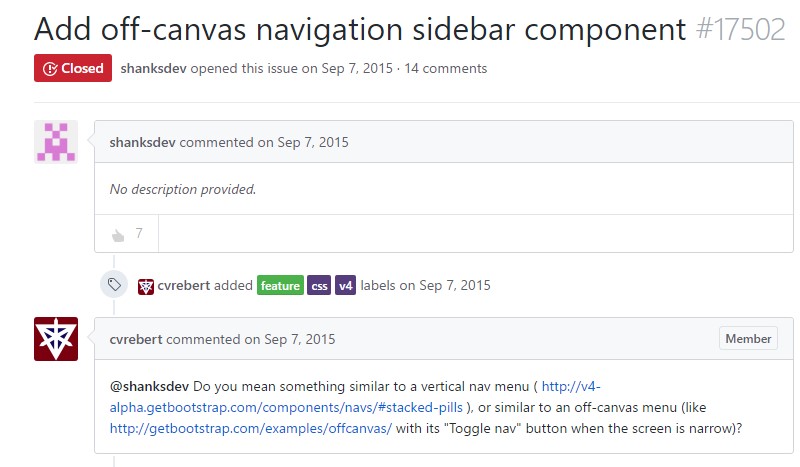Bootstrap Sidebar Responsive
Overview
Throughout most of the webpages we currently see the content stretches from edge to edge in size with a handy navigation bar above and simply just conveniently becomes resized as soon as the determined viewport is hit and so basically the showcased material fluently employs the entire width of the webpage available. Nevertheless at a several events the wanted purpose the pages must work in require together with the fluently resizing content location a different area of the provided display screen width to get assigned to a still vertical element together with certain links and information within it-- in shorts-- the prominent from the past Bootstrap Sidebar component is needed.
Ways to utilize the Bootstrap Sidebar Submenu:
This is pretty outdated solution however supposing that you actually want to-- you have the ability to create a sidebar component with the Bootstrap 4 system that in addition to its flexible grid system additionally present a few classes designed most especially for setting up a secondary rank navigation menus being certainly docked along the page.
But let's begin it easy-- through simply just nesting some columns and rows -- It is presumed this perhaps the simplest method. And by nesting I mean you can gave a .row component set within a column one-- it generally performs the very same solution besides the available columns in a single line limitation-- assuming that you nest a row inside a column you have the ability to have up to the column's width extending inner columns within it before they wrap to a new line.
And so let's say we require a right aligned Bootstrap Sidebar Dropdown having a number of content inside it and a basic web page to the left of it. We have to establish the grid tier down to what we wish to maintain this positioning before the sidebar and the basic content stack above each other-- let us state-- medium and up. Therefore a workable way obtaining this could be this:
Primarily we require a container element to keep the rows and columns and considering that we are actually designing something a little bit more complex the .container-fluid class might be the right one to appoint it to-- in this manner it will certainly constantly spread over the whole detectable width accessible.
Next we require a .row to wrap the primary system into which in our situation would be a wide column for the information and a smaller-- for the sidebar-- let's say we'll separate the width in 9 by 3 columns in width. And so the first column element have to possess .col-md-9 and the second one - .col-md-3 class applied.
Next within these types of columns we can easily just make some additional .row features and pack them up up with a number of material creating originally the main page and after it-- the elements of the sidebar exactly like two smaller sized webpages laid out side by side.
A few more ideas
Additionally in case you need to create a sidebar navigation menu along with the desired .col-* class you can assign it the .sidebar class and wrap the page’s main content into a <main> element applying it the rest width with a .col-* class and appropriate offset equal to the sidebar’s width to make the nicely display side by side.
Also in case you have to generate a sidebar navigation menu together with the needed .col-* class you have the ability to appoint it the .sidebarclass and wrap the webpage's primary web content into a <main> element using it the rest size by using a .col-* class and proper offset equal to the sidebar's width to ensure the nicely display side by side.
Take a look at a number of video clip information about Bootstrap sidebar
Linked topics:
Bring in off-canvas navigation sidebar ingredient

Stackoverflow: Bootstrap 4 Navigation Sidebar

V4 Bootstrap whole height sidebar

Free Bootstrap Navigation Menu Templates
Mobile Bootstrap Accordion Menu Compilation